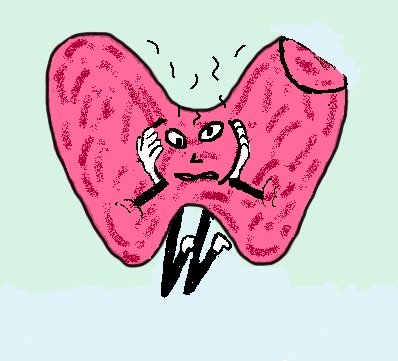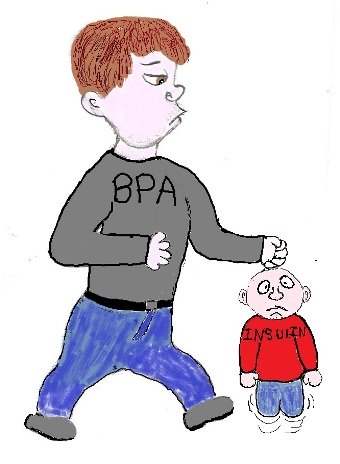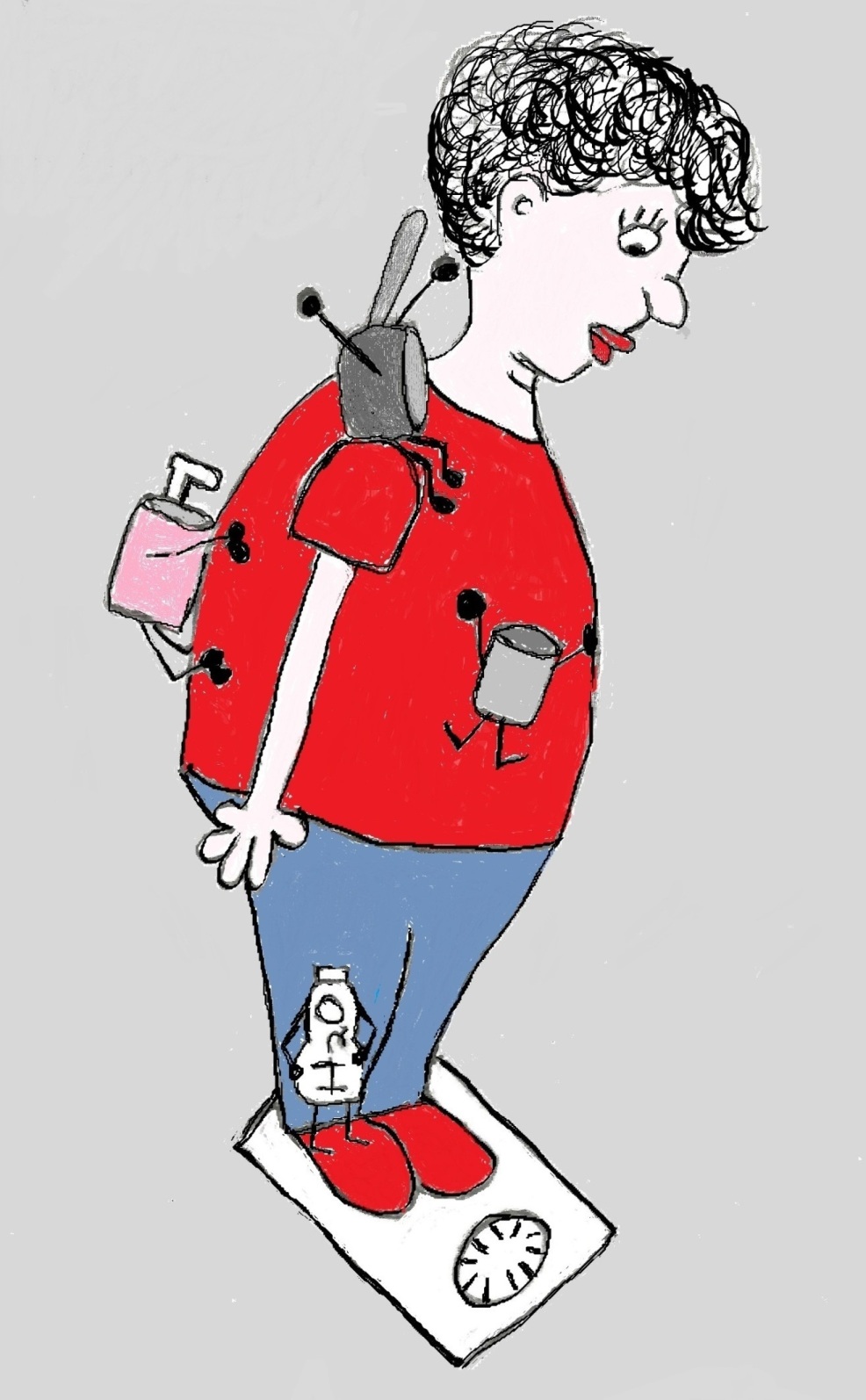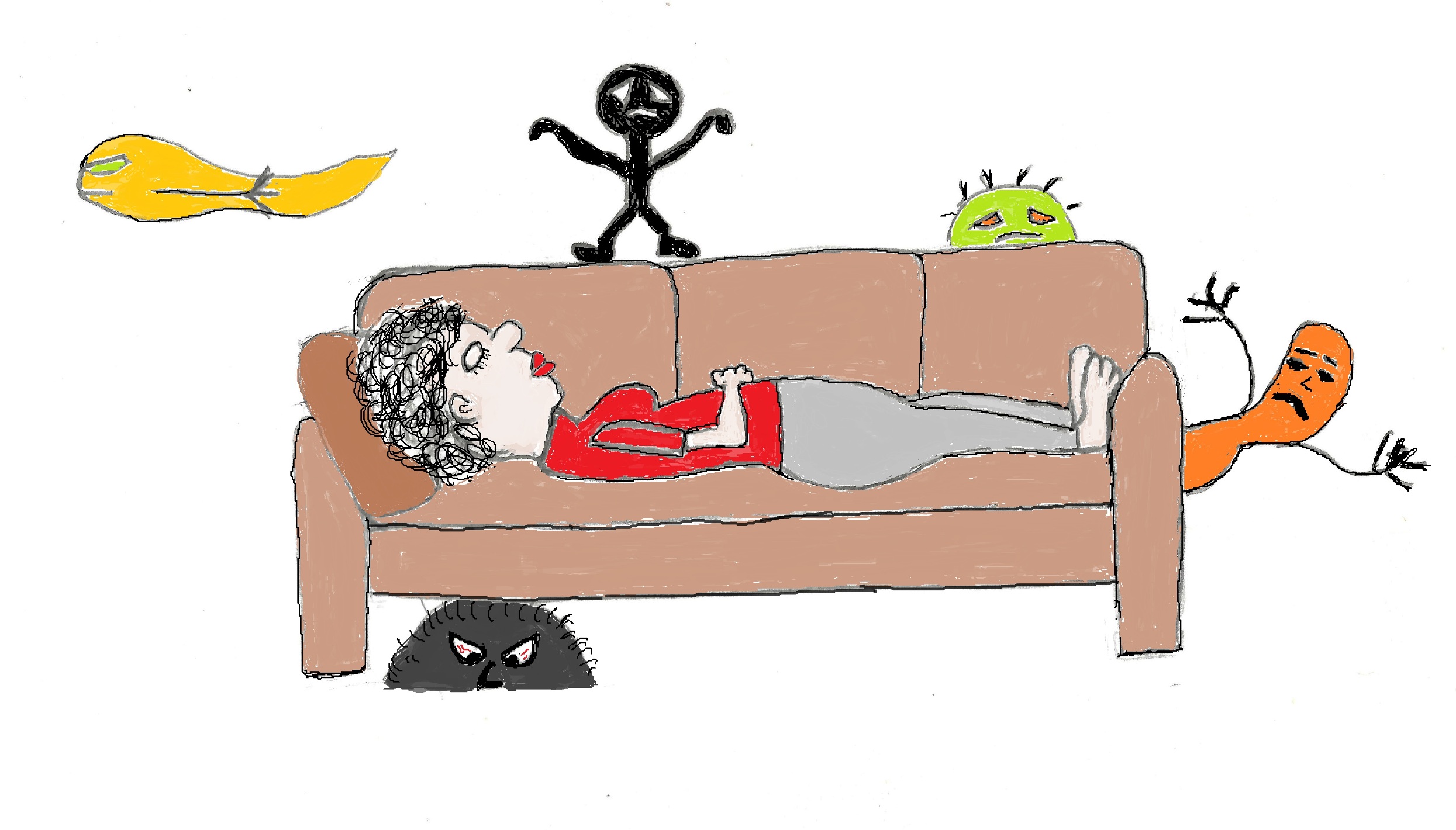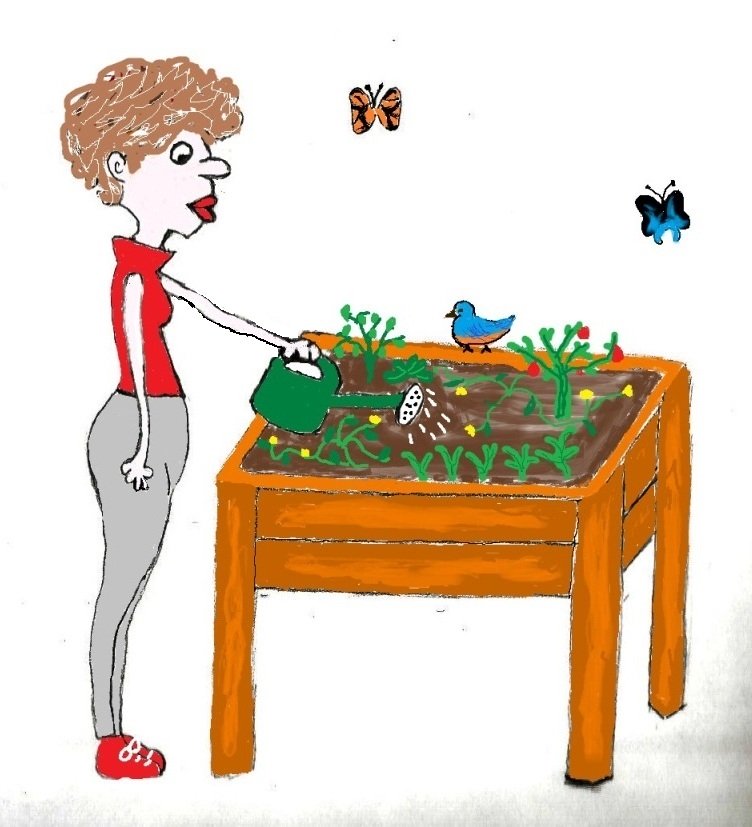- Home
- Toxic Chemicals & Health
- Hypothyroidism
Hypothyroidism and Toxins - What You Need to Know
Some toxins can disrupt your thyroid, leading to hypothyroidism and other types of thyroid disease. If your thyroid is letting, and getting you down, read on. Because the toxins you're exposed to may be messing with the way your body communicates with it.
Hypothyroidism and Thyroid Disruption
Is your thyroid a bit sluggish? Are you gaining weight, tired all the time, depressed and forgetful? You're not alone.
According to the American Thyroid Association (ATA) an estimated 20 million Americans have some form of thyroid disease. And women are five to eight times more likely than men to have thyroid problems. In fact, one woman in eight will develop a thyroid disorder during her lifetime.
However, It may not be your thyroids fault. Toxins in the products you use may be sending it mixed messages, leaving it dazed and confused.
The ATA also states that the causes of thyroid problems are largely unknown. But there is a growing body of research suggesting that some toxins play a role in messing with your thyroid.
Remember that
your thyroid is a gland that produces hormones. It is part of your body’s
endocrine system. And there are a slew of chemicals that can mess with your
endocrine system.
Hormones and Toxins
So how does this happen? Well, your endocrine system is composed of glands and the hormones they produce. This system regulates many important functions in your body through a complicated system of monitoring and communication.
Some toxins mess with this communication system. They do this by:
- Mimicking the action of a naturally-produced hormone, such as estrogen or testosterone, thereby setting off similar chemical reactions in the body;
- Blocking hormone receptors in cells, preventing the action of normal hormones;
- Altering the concentrations of natural hormones by affecting the
body’s ability to make, transport, metabolize and excrete hormones.
The Thyroid Gland
The thyroid gland is the master or your metabolism. It uses iodine present in the food you eat to make the two hormones it releases: triiodothyronine (T3) and thyroxine (T4).
One of the functions of these hormones is to control the rate at which calories are burned. This affects weight loss or weight gain.
If your thyroid doesn't produce enough hormones, it's called hypothyroidism. If it produces too many hormones, it's called hyperthyroidism.
Your pituitary gland helps with this function by monitoring your body’s thyroid hormone levels and releasing thyroid-stimulating hormone (TSH). This hormone does exactly what its name suggests.
The release of TSH into the bloodstream stimulates the thyroid to release its own hormones. When your pituitary gland detects that your thyroid hormone levels are too low, it releases more TSH. If it detects levels are too high, it releases less TSH.
Toxins can disrupt this process (and your metabolism) by interfering with your pituitary
gland’s ability to make the hormones that stimulate your thyroid to release its
hormones. These toxins can also interfere with your thyroid’s ability to make
hormones. Both of these effects can reduce the amount of thyroid hormone circulating
in your body.
Low levels of TH slow down your metabolism. And you know what that means.
When your metabolism slows you gain weight easily
and it becomes difficult to lose weight. Even small reductions in thyroid
hormone are associated with significant increases in weight. And over 150
toxins have been shown to reduce circulating levels of thyroid hormone.
Some Toxins Linked to Thyroid Disruption
Below is a list of toxins of some of the toxins that researchers suspect can disrupt the way your thyroid is supposed to work. Now the list looks a bit long and intimidating.
And you may be thinking - why bother - how can I possibly avoid being exposed to all these chemicals? But what it boils down to is - the majority of exposure comes from plastics, pesticides, preservatives and PFC’s (chemicals used to make things nonstick and stain-resistant.
There are plenty of articles on this website that will help
you find nontoxic and less toxic options for pesticides, plastics,
preservatives and PFCs. Here are a couple to get you started:
Avoiding Plastic - Reasons and Solutions
Three Reasons to Choose Natural Pesticides
Why Choose Non Toxic Personal Care Products?
|
BPA |
Used to make polycarbonate plastic and epoxy
coatings. |
|
Found in:
Paper - thermal paper,
such as receipts, self-adhesive labels, and fax paper. Recycled paper can be
contaminated with BPA. | |
|
Chlorpyrifos |
An organophosphate insecticide used on food and non-food crops, including corn, soybeans, wheat, sugar beets, as well as on turf and greenhouse plants. Chlorpyrifos is still heavily used on fruit and nut orchards. |
|
Found in: | |
|
Flame Retardants |
Flame-retardant chemicals are added to plastics, foam products and textiles to make them difficult to burn. They are not chemically bound to the products they are in. |
|
Found in: | |
|
Glyphosate |
An organophosphate herbicide that kills grasses, broadleaf and woody
plants. Glyphosate is a very common agricultural herbicide and is also widely
used by homeowners, golf courses, towns and cities to control weeds. |
|
Found in: | |
|
Parabens |
Man-made chemicals often used in small amounts as preservatives (antimicrobials). Common parabens are methylparaben, ethylparaben, propylparaben, and butylparaben. Often more than one paraben is used in a single product. |
|
Found in: | |
|
Perfluorinated compounds (PFCs) |
PFCs are a class of chemicals that are used to make things stain and stick resistant. |
|
Found in: | |
|
Phthalates |
Phthalates are a group of chemicals used to soften and increase the flexibility of plastic and vinyl and as fragrance ingredients. They are not chemically bound to the products they are in so they leach out easily. |
|
Found in: | |
|
Triclosan |
A synthetic antibacterial ingredient. |
|
Found In: Any products labeled antibacterial, including toothbrushes, toothpaste (Colgate), toys, cutting boards, detergents, bar and liquid soaps, and skin cleansers. Also found in acne treatments, blush, eyeshadow, deodorants, lotions, creams, after shave, shave gel, and dishwashing liquids. | |
|
Triflumizole |
A fungicide used to prevent mold on corn, barley, wheat, fruit and leafy greens. |
|
Found in: | |
|
2,4-D |
You know it as Weed n Feed for lawns, an herbicide
that kills broad leaf weeds. It is also the most commonly used herbicide by
homeowners, lawn treatment companies and golf courses. It is in the top 10 most
common farming herbicides. |
|
Found in: |
Toxins that mimic your hormones can mess up your body's communication system and wreak havoc on your thyroid. This can cause hypothyroidism and other types of thyroid disease. Using safer alternatives to pesticides and reducing your use of plastic and nonstick and stain resistant products will help you avoid exposure to thyroid disrupting toxins.
Disrupting the function of your thyroid is just one way that toxins can mess with your metabolism and cause you to gain weight. Toxins called obesogens can also cause obesity by affecting the number and size of your fat cells and the hormones that influence appetite, food preferences and energy metabolism.
If you want to learn more about how toxins can make you fat, check out my ebook Sabotaging Skinny: How to Protect Yourself From the Toxins That Make You and Keep You Fat.
